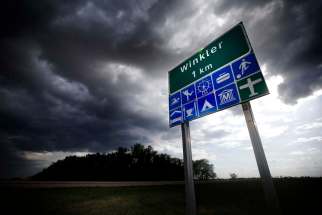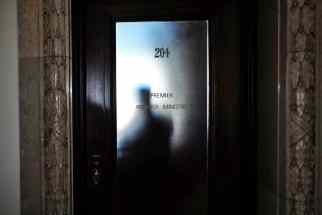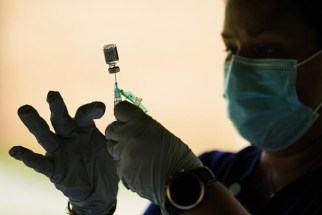Cases in classrooms, concern at home Back-to-school-response COVID-19 pandemic primer for Manitoba families
Read this article for free:
or
Already have an account? Log in here »
To continue reading, please subscribe:
Monthly Digital Subscription
$0 for the first 4 weeks*
- Enjoy unlimited reading on winnipegfreepress.com
- Read the E-Edition, our digital replica newspaper
- Access News Break, our award-winning app
- Play interactive puzzles
*No charge for 4 weeks then price increases to the regular rate of $19.00 plus GST every four weeks. Offer available to new and qualified returning subscribers only. Cancel any time.
Monthly Digital Subscription
$4.75/week*
- Enjoy unlimited reading on winnipegfreepress.com
- Read the E-Edition, our digital replica newspaper
- Access News Break, our award-winning app
- Play interactive puzzles
*Billed as $19 plus GST every four weeks. Cancel any time.
To continue reading, please subscribe:
Add Free Press access to your Brandon Sun subscription for only an additional
$1 for the first 4 weeks*
*Your next subscription payment will increase by $1.00 and you will be charged $16.99 plus GST for four weeks. After four weeks, your payment will increase to $23.99 plus GST every four weeks.
Read unlimited articles for free today:
or
Already have an account? Log in here »
Hey there, time traveller!
This article was published 17/09/2021 (1543 days ago), so information in it may no longer be current.
The email, with a blunt subject line: Public Health Letter, arrived in Ryan Dueck’s inbox at 9:26 a.m. Thursday — one week after students at Grant Park High School returned after summer break.
The father of four school-aged children says he felt a pang of déjà vu once he opened it and saw a generic COVID-19 case notice: “Well, here we go again.”
With the 2021-22 academic year underway, hundreds of families have already received dreaded notices about cases in classrooms.

Manitoba’s school dashboard, which is updated twice weekly, indicates 19 cases have been reported among staff and students since Sept. 7.
A crowdsourced count compiled by an anonymous parent on social media, who gathers public health letters via @CovidSchool on Twitter, lists a real-time number more than double that figure.
Given nerves are abound and procedures ever-changing, the Free Press has compiled everything Manitoba families need to know about cases in K-12 buildings:
What happens when a student or school employee tests positive?
Manitoba public health contacts a school when a community member tests positive, although families can also provide a heads-up.
A public health nurse then liaisons with a school leader to determine whether an individual was in the facility within 48 hours of symptom-onset, or 48 hours before an asymptomatic individual’s COVID-19 test date.
Winnipeg principal Joey Robertson said subsequent contact tracing involves reviewing class and cohort information, seating charts, public health measures, daycare enrollment, and bus lists.
Depending on a nurse’s discretion, a teacher may be contacted to discuss student behaviour, said the leader at Victory School, a K-5 building on Jefferson Avenue.
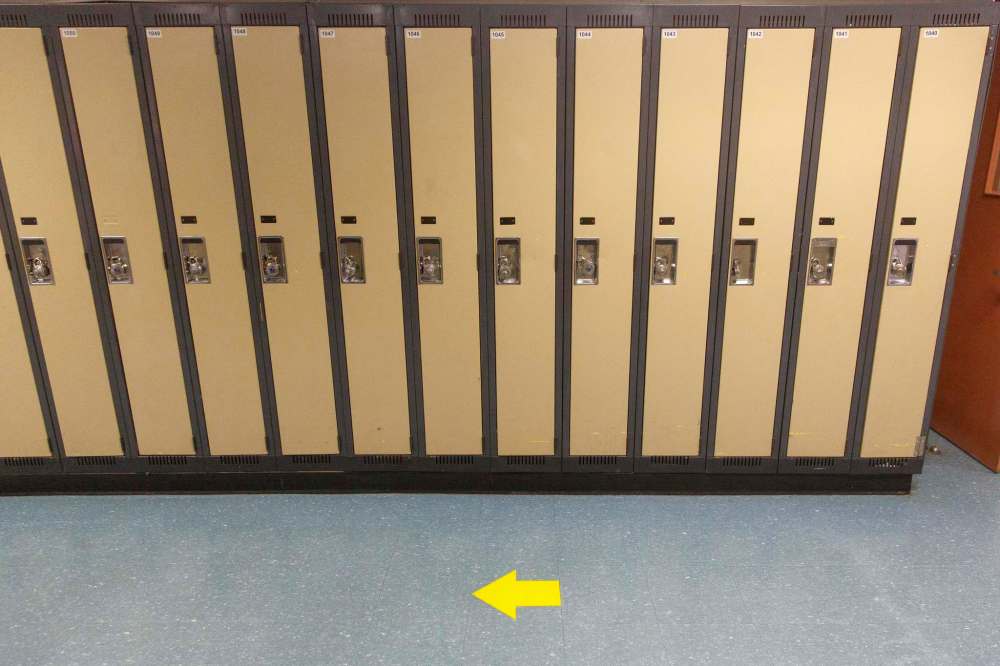
If a sibling tests positive, their contacts are also searched to see if anyone needs to self-isolate as a result.
Who is a close contact?
Per the province’s case notification toolkit, last updated in May, the definition of a close contact is anyone who was within less than two metres of a case for a cumulative 10 minutes throughout the span of 24 hours in a communicable period.
Household members and individuals who have had “close face-to-face interactions” (including hugging or sharing food and personal items) with a case while unmasked or wearing a non-medical mask are automatically deemed close contacts.
At the same time, new provincial guidance states the use of non-medical and medical masks are “adequate protection” in school settings, so individuals are not to be deemed close contacts if they wear the above “consistently.”
“The big question is why are we not looking at this from a lens of precaution instead of what I am calling ‘a lens of obscurity?’ Why aren’t we trying to err on the side of caution?” said Lauren Hope, a teacher and parent, who co-founded the Safe September MB movement.
What communication is provided after a case is identified?
Public health authorizes both close contact letters and generic ones for school communities-at-large.
“You either receive (a letter indicating) you are a close contact or you are not,” said Robertson.
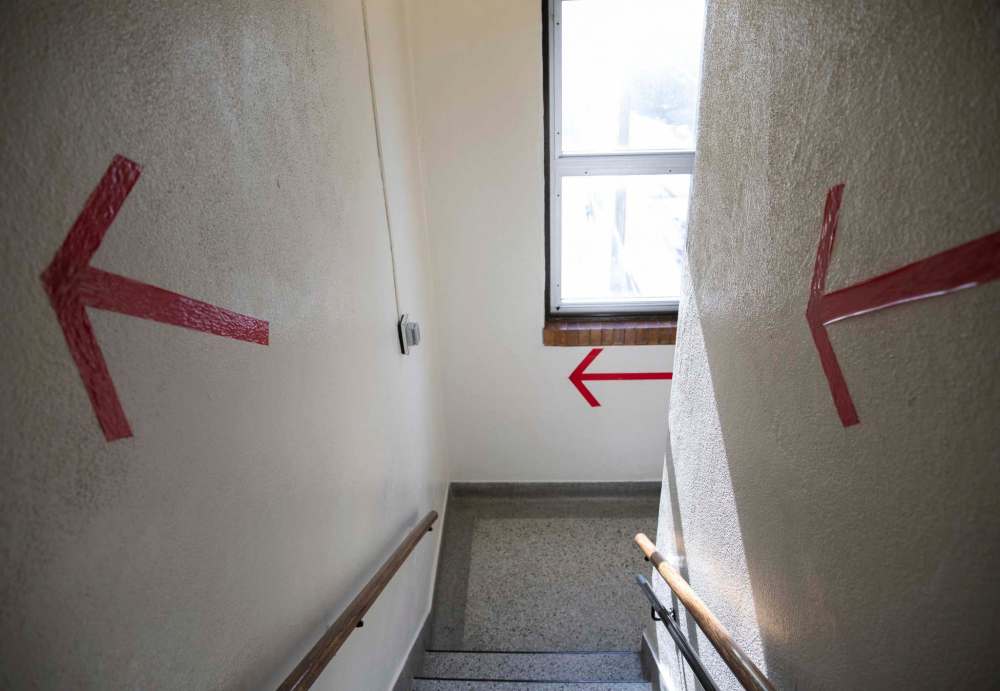
Last year, some families received courtesy notices their child was in a classroom or cohort in which a positive case was identified, but that practice — much to the disappointment of Dueck — is not required. Privacy has been consistently cited as a reason for withholding such details.
“My concern is, were my kids in the same room? Same hallway? I realize some of this would be difficult to trace, but being in the same classroom would be important to know,” the father of students in grades 7, 8, 9 and 11, respectively, wrote in a message Friday.
Where can school case data be found?
The province updates its dashboard on Tuesdays and Thursdays, around 12:30 p.m.
Chantal Cloutier, however, said she no longer relies on “shady” provincial data because it is often missing cases and unclear about outbreaks.
(On Oct. 30, 2020, the province declared an outbreak at Centre scolaire Léo-Rémillard, where Cloutier’s daughter attends school, in a daily briefing. But the outbreak is not included in Manitoba’s current list of total outbreaks.)
“How do we keep kids safe if we’re hiding data?” said Cloutier, whose children are in grades 9 and 12, respectively. “All it ends up doing is make parents doubt the system and it is seriously causing anxiety.”
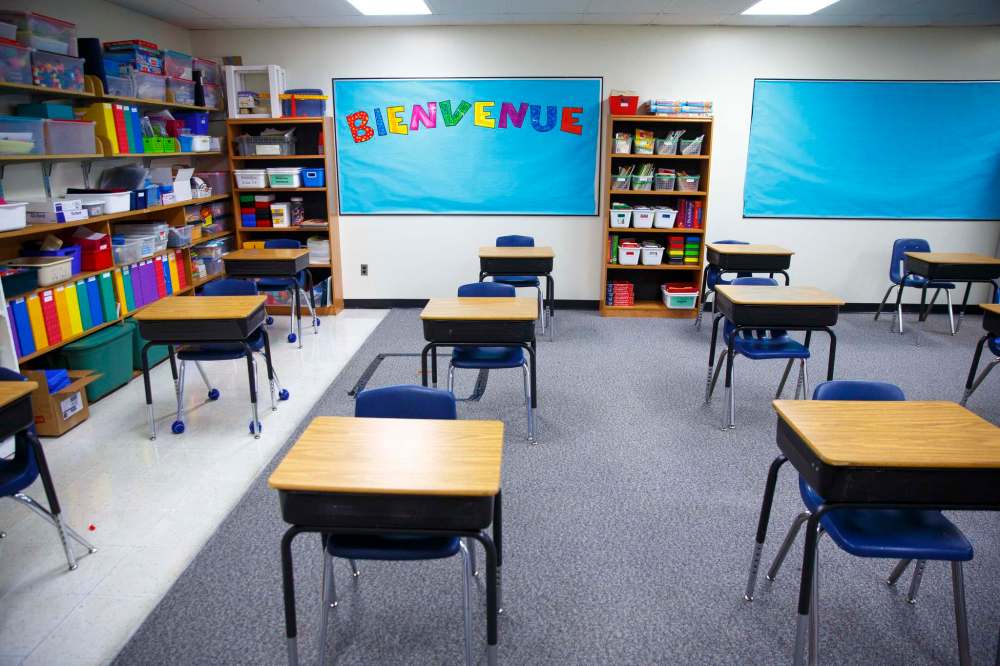
Some school divisions, including Louis Riel and Hanover, post cases online to keep families up-to-date with local exposures.
On Twitter, @CovidSchool continues to crowdsource exposure letters and compile data into a public spreadsheet in an attempt to improve transparency. The 2021-22 edition includes 43 cases, as of Friday afternoon.
When is a school case, cluster or outbreak declared?
A case is added to the school dashboard when a student, staff or volunteer was present in a K-12 building within two weeks prior to experiencing symptoms or going for a test while asymptomatic — or within 10 days after illness-onset or the collection of an asymptomatic positive test.
However, a school is only deemed the possible or likely site of transmission when an individual both hasn’t travelled and doesn’t have documented contact with a known external case.
The bar for a cluster to be identified is at least three cases that have a symptom-onset or positive test within 14 days of each other, meet the above school-transmission definition, and have no known epidemiologic link to each other or a known school or school-sanctioned extracurricular case.
An outbreak now indicates three or more cases on the dashboard, which have a symptom onset or positive test result within 14 days of each other, meet the school-transmission definition, and are epi-linked to a known case in a school or school-sanctioned extracurricular.
Citing her experience as an elementary school principal who did contact tracing last year, Robertson said Friday parents can be assured public health nurses are “thorough.”
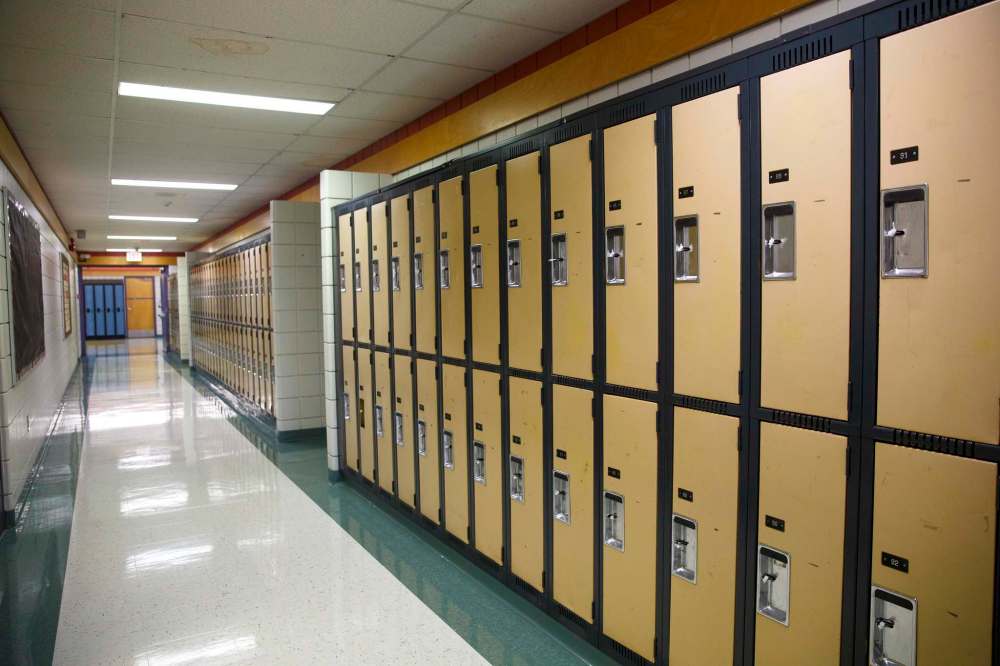
She added: “Schools are doing their absolute best to keep children safe and learning.”
maggie.macintosh@freepress.mb.ca
Twitter: @macintoshmaggie

Maggie Macintosh reports on education for the Winnipeg Free Press. Funding for the Free Press education reporter comes from the Government of Canada through the Local Journalism Initiative.
Our newsroom depends on a growing audience of readers to power our journalism. If you are not a paid reader, please consider becoming a subscriber.
Our newsroom depends on its audience of readers to power our journalism. Thank you for your support.

